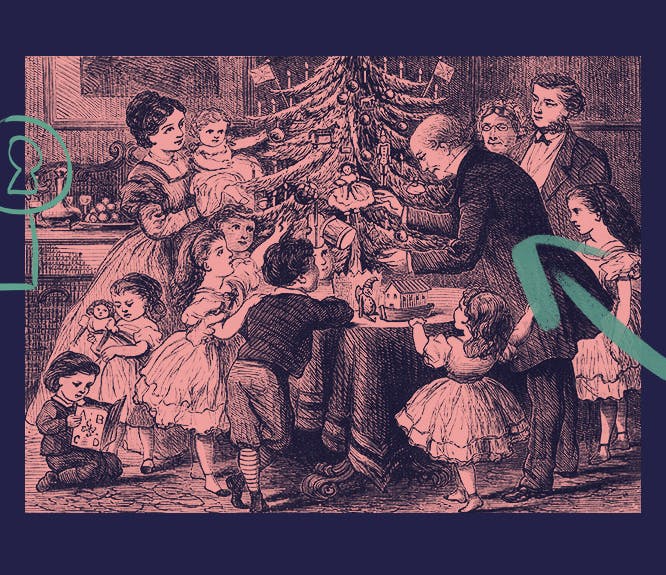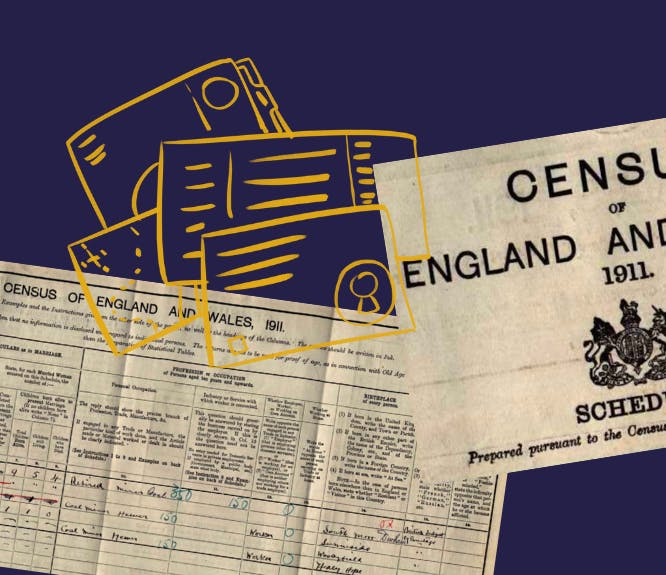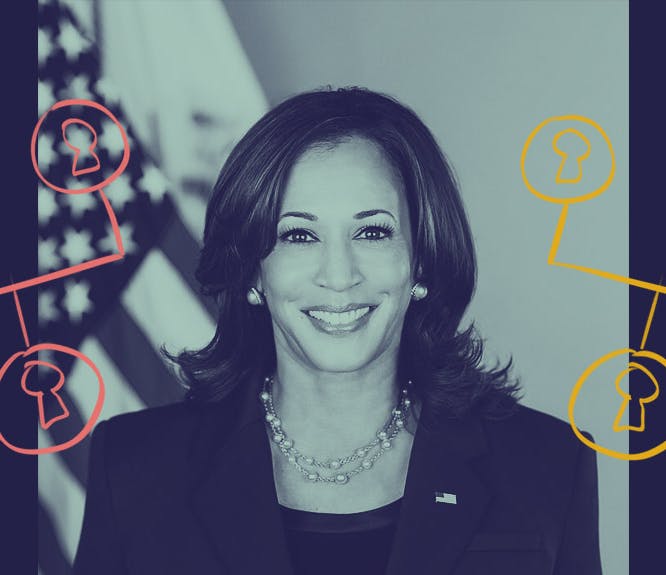From first cousins to second cousins once removed: your family relationships defined and explained
4-5 minute read
By The Findmypast Team | December 4, 2023
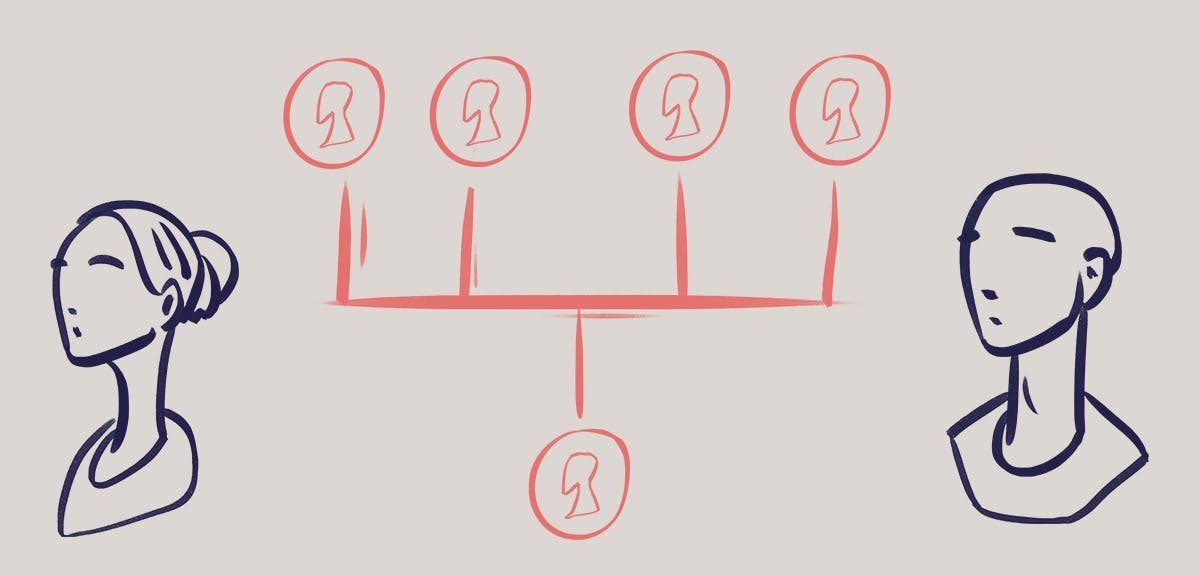
Distinguishing your third cousins twice removed from your second cousins thrice removed can be a real head-scratcher. This useful guide on how to refer to your family relationships will help you to understand every branch of your family tree.
Isn't it exciting to discover a famous name in the far-off depths of your family tree? But when you brag about this to your friends, what do you call this famous ancestor? The key question here, is: what do kinship terms actually mean?
"Thomas Edison is the great-uncle of my great-great-grandfather's third cousin!"
Confusing, right?
But you'll be relieved to hear that it doesn't have to be.
How do kinship labels work?
Terms that indicate distant relatives, like 'third cousin once removed' and 'fourth cousin', can be very confusing. But they're not pure jargon - there's actually a system that's used when we designate these relationships.
There's a consistent formula of kinship titles that we assign to different members of our close and extended family. Understanding this formula makes it easy to work out what relation someone in your family tree is to you, as you travel back through a number of generations.
In English-speaking societies, family relationships tend to be classified based on gender, generation, consideration of consanguinity (direct descendants) and immediate affinal (in-law) relationships. For example;
Our common familiarity is with our immediate family and direct lines, so brother, sister, cousins, aunts/uncles and (great) grandparents.
When we start to differentiate between the different 'degrees' and 'removals' of cousins, this is where it can get confusing. You won't be left scratching your head, though - we're here to help you make sense of the systems of kinship with this handy guide.
What are first, second and third cousins?
The ordinals in this system ('first cousin', 'second cousin', 'third cousin') all describe the degree of the cousin relationship or the number of generations to their closest ancestor.
For example, your second cousin is a person you share great-grandparents with and is not your direct sibling. It's easier to think of what your shared ancestors would call you both - if your closest shared direct ancestor is your great-great-grandparents, and they call you both "great-great-grandchildren," then you have no degree of removal. Your genealogical relationship is third cousins.
What does it mean to be once, twice and thrice removed?
When cousins are not in the same generation, then we refer to them as 'removed'.
For example, 'first cousins once removed' declares that either one of you is one generation away from being first cousins. If your first cousin has children, they are your first cousins once removed. The closest common ancestor shared are your grandparents, but you are 'once removed' from the level of first cousin (held by their parents).
Family relationship chart
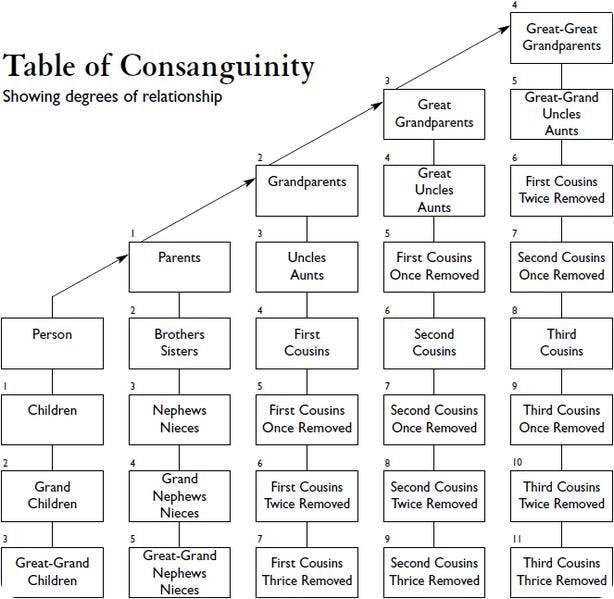
This Table of Consanguinity shows the degrees of relationships between you and distant branches of your family tree. You can download it for yourself here.
(Credit: WClarke, based on original by User: Sg647112c, Wikimedia Commons).
Here is where it can get confusing, because there are actually two instances in your family tree that can be considered 'once removed'.
Up until now, each relationship in your family tree has inverse titles for each other. You are your aunt's niece, nephew, or nibling; you are your great-grandparents' great-grandchild.
However, cousins refer to each other as cousins. Because of this, your first cousin's child is your first cousin once removed and you (the parent of their second cousin) are also their first cousin once removed - so you each refer to each other in the same way. This means that the child of your first cousin and the parents of your second cousin are both 'first cousins once removed', despite each of them being generations apart.
Yes, it's tricky to wrap your head around...
Here is a terminology breakdown, to make things a bit simpler to understand.
- First cousins are non-siblings that share grandparents
- Second cousins are non-siblings that share great-grandparents
- Third cousins are non-siblings that share great-great-grandparents
- First cousins once removed are two people for whom the first cousin relationship is one generation removed
- First cousins twice removed are two people for whom the second cousin relationship is two generations removed
And if you think this family naming convention is confusing, at least it is formulaic. In Chinese culture, individual terms are used for every relationship.
So, now you know what to call your distant relations, the below video should make more sense...
FAQs: your kinship questions answered
If there's still a few things you're unsure about, no need to worry. We've pulled our most commonly asked questions about how we refer to our relationships with family members, so you'll be confident with the terms in no time.
Why do I have so many 4th cousins in my family tree?
A fourth cousin is someone that you share great-great-great grandparents with. Family trees are sprawling, with each branch dividing out to more relatives, which in turn all expand out themselves, over the generations. Think of your fourth cousins as sitting on all of these different branches. It can be hard to wrap your head around how many distant cousins you have spread across the country and the world.
What is my mother's first cousin to me?
Since they are not your first cousin, it might be tempting to refer to your mother's cousin as your second cousin. But this would be incorrect. Your grandparents are also their great-grandparents: there's a generation-difference, but you still share these direct blood relatives. Thus, your mother's cousin is your first cousin, once removed.
Is 4th or 5th cousins blood-related?
Although you're still related to someone as distant as your fifth cousin, distant is the key word here. There's around a 15% chance that you share DNA with them - if you are blood relations, your shared genetics will be minor compared to closer relations like immediate family members and first cousins.
What distant connections will you discover?
One of the easiest ways to make sense of all the different branches of your family tree is to store them on Findmypast's free online builder. It allows you to see family relationships plotted out neatly in one place. Plus, each relative gets their own profile to fill with stories, photos, records, and memories from the past. And when you've run out of new relatives to add to your tree, our clever hints can introduce you to the ones you know nothing about. The best part? There's a handy kinship calculator that works out even the most complicated of family relationships for you.

The kinship calculator on King Charles III's family tree.
You'll find the kinship calculator on the profile of any relative on your Findmypast family tree. From their full profile, select the option to ‘Edit relationships’ via the menu denoted by three dots. This will bring you to the Relations tab where you’ll see the kinship calculator. Input the name of another relative on your tree and you'll get a simple explanation of their relationship to that person.
From census guidance to help researching the history of your house, head to our Help Hub to explore even more of our expert advice.

